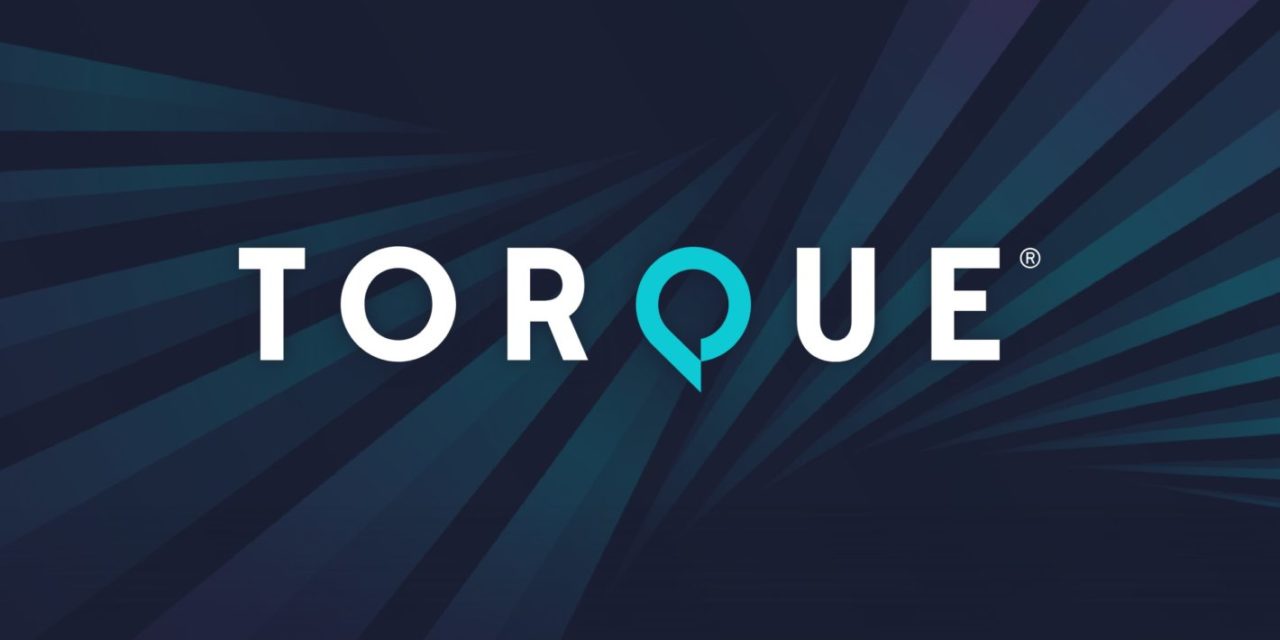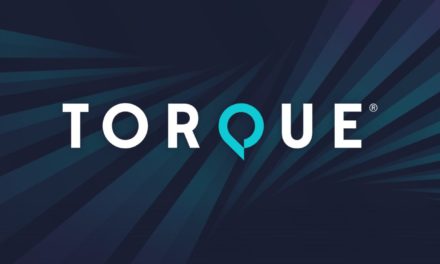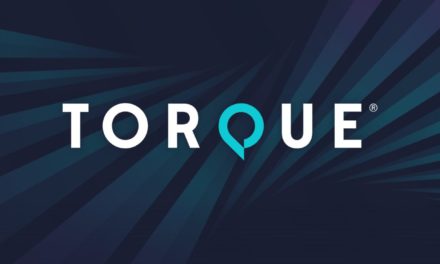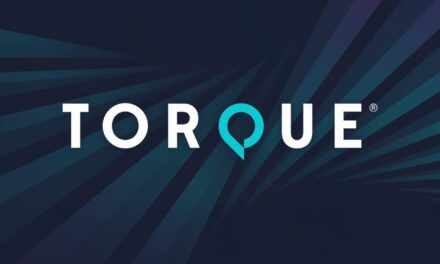Accessibility has been a huge conversation in WordPress. It can seem overwhelming to make your site accessible but not doing so will result in missing out on customers. The issue can feel like a tough one to tackle but we sat down with Sanjay Nasta, CEO of Microassist, to look at why and how you can make your site accessible to all.
Torque: Accessibility has become a growing focus for websites and mobile apps, especially in recent years (even though many sites are still lagging on implementation). What’s behind this growing awareness?
Sanjay Nasta: The Americans with Disabilities Act (ADA) was signed into law on July 26, 1990, by President George H.W. Bush. For 31 years, people with disabilities have been pushing for greater accessibility—both physical and digital.
In the past few years, there has been a greater emphasis by customers and corporations on inclusiveness. Roughly 25 percent of the US population have disabilities— and recent studies estimate this segment of the population control over $500 billion dollars in discretionary spend. That makes up a significant segment of customers that organizations need to ensure they are not inadvertently creating barriers for, both in terms of customer service, but also protecting a company’s reputation.
ADA Title III lawsuits (accessibility) are on the rise. In 2020, according to Seyfarth-Shaw, a law firm that focuses on accessibility, 10,982 suits were filed. These lawsuits focus a spotlight on organizations and industries and can pose a significant reputational risk.
At the same time, the tools, training, and developer knowledge needed to make websites accessible are more readily available. Digital accessibility has become more manageable from a technical perspective, when addressed earlier in the design and development process.
Torque: Why should site owners care about accessibility?
SJ: Approximately 25% of your customers has a disability. Content, whether on websites, or within online training, applications, meeting platforms, or documents that cannot be recognized by assistive technologies, like screen-readers, creates barriers to information for your customers.
This prevents purchases and transactions, deters job applications, and discourages other positive experiences with your brand.
In an era of greater inclusivity, ignoring accessibility can result in reputational risk to your brand. In many jurisdictions, accessibility is a legal requirement.
Torque: When it comes to the lagging implementation of accessible web features, what would you say site owners/developers get wrong about accessibility? What are people missing?
SJ: A lot of developers either are unaware of accessibility best practices or only consider them at the end of the development life cycle. Because of this, retrofitting accessibility solutions into existing sites came become difficult, time consuming, or expensive. Accessibility should be a consideration at the beginning of the development life cycle and an inclusive design philosophy should permeate throughout the process.
Developers and website owners tend to view accessibility from the lens of compliance. That is, they seem to be more concerned achieving a level of compliance that satisfies a regulatory standard. While it is definitely a good thing to comply with these regulations, the human impact should also be considered. Achieving compliance should be the starting line, not the finish line.
Torque: WordPress has arguably been a leader in promoting accessibility – through various updates to Core, Even with those added options and features, what are the biggest holes that remain in making WordPress widely/fully accessible?
SJ: WordPress, like all organizations, needs to consider accessibility across its ecosystem.
There is a lack of enforced accessibility standards for plugins and themes. As you know, plugins and themes are vital for WordPress sites for most things beyond basic functionality. Unfortunately, their accessibility levels are extremely varied and often accessibility features are lost in version updates. Promotion of plugins that follow some sort of accessibility standard would help push users to those plugins increasing overall standards or useability and userbase which pushes more adoption.
Torque: When it comes to Gutenberg specifically, it was lacking accessibility when it was first released, It has been greatly improved since then, but where does it still fall short?
SJ: Microassist focuses it’s efforts on making WordPress sites accessible to users. We don’t focus on accessibility of internal WordPress elements. The effort by the WordPress Project team to find and fix accessibility features is appreciated.
First off, the effort and transparency by the WordPress accessibility and project teams to engage the user and developer community to find and address accessibility issues is appreciated. The technology around accessibility is evolving which just reinforces that accessibility is a journey and progress takes time.
Coming back to my previous comment on plugins, I think continuing to focus on making clear and usable documentation for content creators around how to use Gutenberg with assistive technologies and promoting adoption of accessibility standards will keep efforts moving forward.
Torque: Have you come across a plugin or theme that can fix most accessibility issues?
SJ: Theme creators are starting to consider accessibility in design of themes—a positive trend. However, it is difficult to recommend a specific theme that will fix “most accessibility issues” for several reasons. First, theme designs are being updated almost daily—accessibility has to be assessed for a theme at the time you choose the theme. Also, accessibility is dependent on theme implementation. For example, it is very easy to create a non-accessible website by changing theme colors to ones that does not consider color contrast, or using “Read more” link descriptions instead of more descriptive link descriptions. Website accessibility depends on a holistic implementation approach that includes design, themes, plugins, and content.
We are wary of a plugin (or overlay) approach to accessibility. Plugins frequently add tools such as high contrast color and font size switchers. Unfortunately, they often interfere with the tools that people with disabilities use to make websites accessible. The goal is to give disabled users control of their environment and plugins frequently take away control.
Torque: At what point in the site building process should a site owner perform an accessibility audit? How often should they have someone check in?
SJ: Accessibility should be integrated throughout the entire software development life cycle. UX/UI designers should be familiar with accessibility concepts so that they can implement inclusive design from the beginning. Developers should be knowledgeable in coding techniques that facilitate these concepts, as well as techniques that optimize their products for use across a variety of assistive technologies and browsers. Quality assurance teams include accessibility testing in their testing cycles and treat accessibility defects just as any other bug or defect. A means of communicating and reporting accessibility issues should also be provided to end users.
Torque: Where do you see accessibility heading? What sort of technologies are you excited about in the near-term future as well as farther out?
SJ: Accessibility will be built into the tools that we use to create digital assets. You already see Microsoft and Adobe building accessibility into their digital creation tools. Accessibility wizards will help the average content creator make accessible content. I also see assistants based on machine learning that will help with creating accessible content. An early example, is assistants that help create alternative text for uploaded images and even add the name of people in photos.
Torque: What should site owners prepare for? Even if they’ve implemented widespread accessibility measures across their site(s), what can they get ahead of?
SJ: One common challenge is the fact that technology grows and evolves at a rapid pace. For example, WCAG 2.0 is the standard the US government uses for accessibility compliance. When WCAG 2.0 was released in 2008, the iPhone was about 1 year old, so these guidelines did not give much specific guidance on what is now a ubiquitous piece of technology. The accessibility industry constantly has to find new and creative ways to find solutions with ever changing technology. My advice to developers and publishers is to do your research. Get a firm understanding of which technologies that are being used are accessible, and which technologies fall short. Then, get involved in encouraging those (technologies) that are not to adopt accessibility practices.
Torque: How does Microassist tackle these challenges?
SJ: Microassist focuses on keeping our team and our customers educated on evolving guidelines and best practices so we can anticipate problems that clients will run into regarding accessibility. We educate our internal and external stakeholders with a weekly curated newsletter, Accessibility in the News. We provide training on technology and standards to our internal team as well as customers. We research and share accessible solutions to problems so that we can recommend the best ones that would meet our clients’ needs. Our team is deeply involved with the disabled community so that we can understand the problems they face in utilizing technology.











